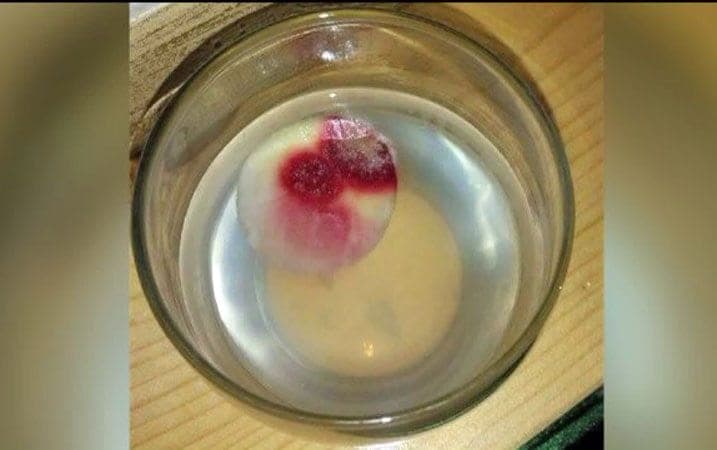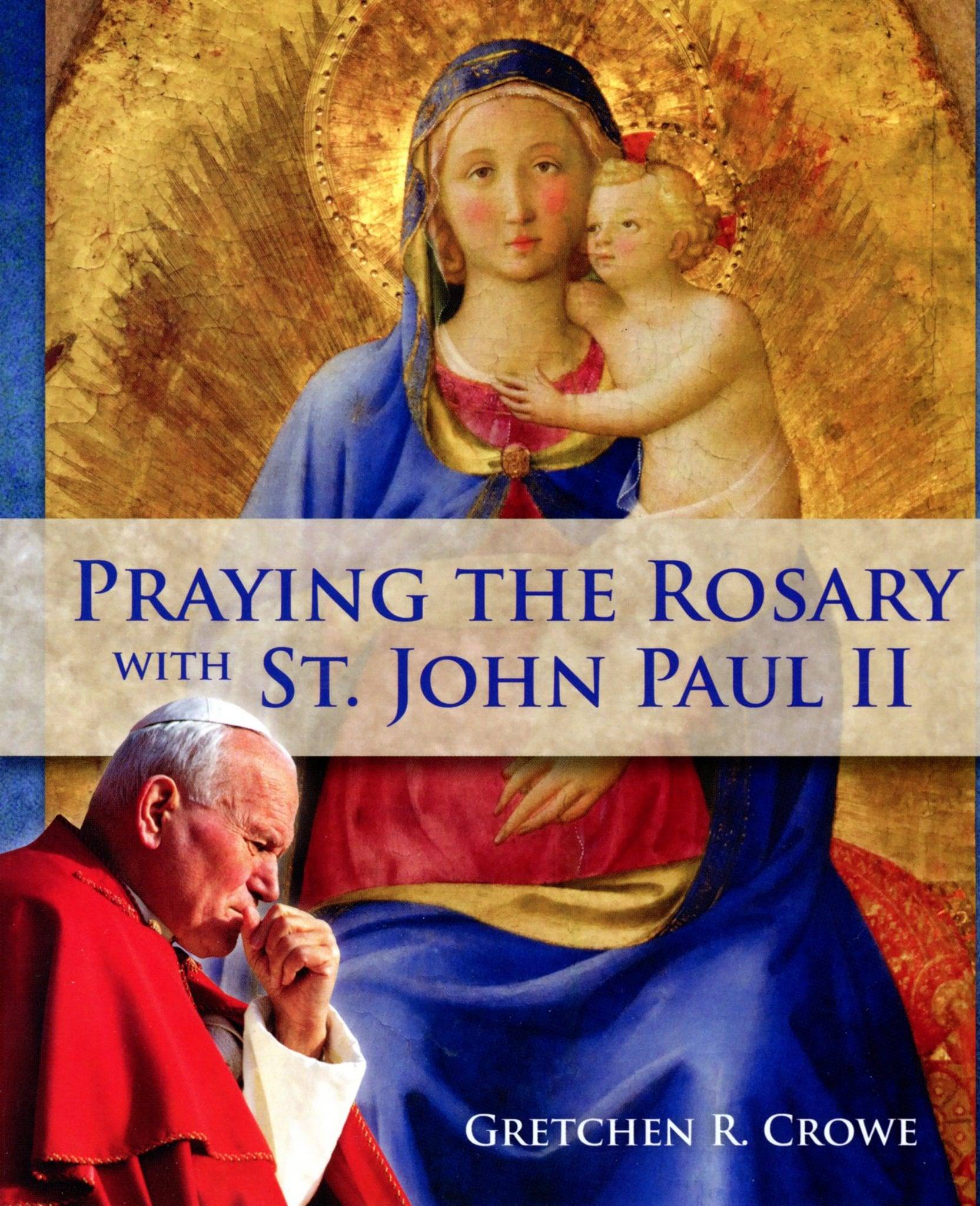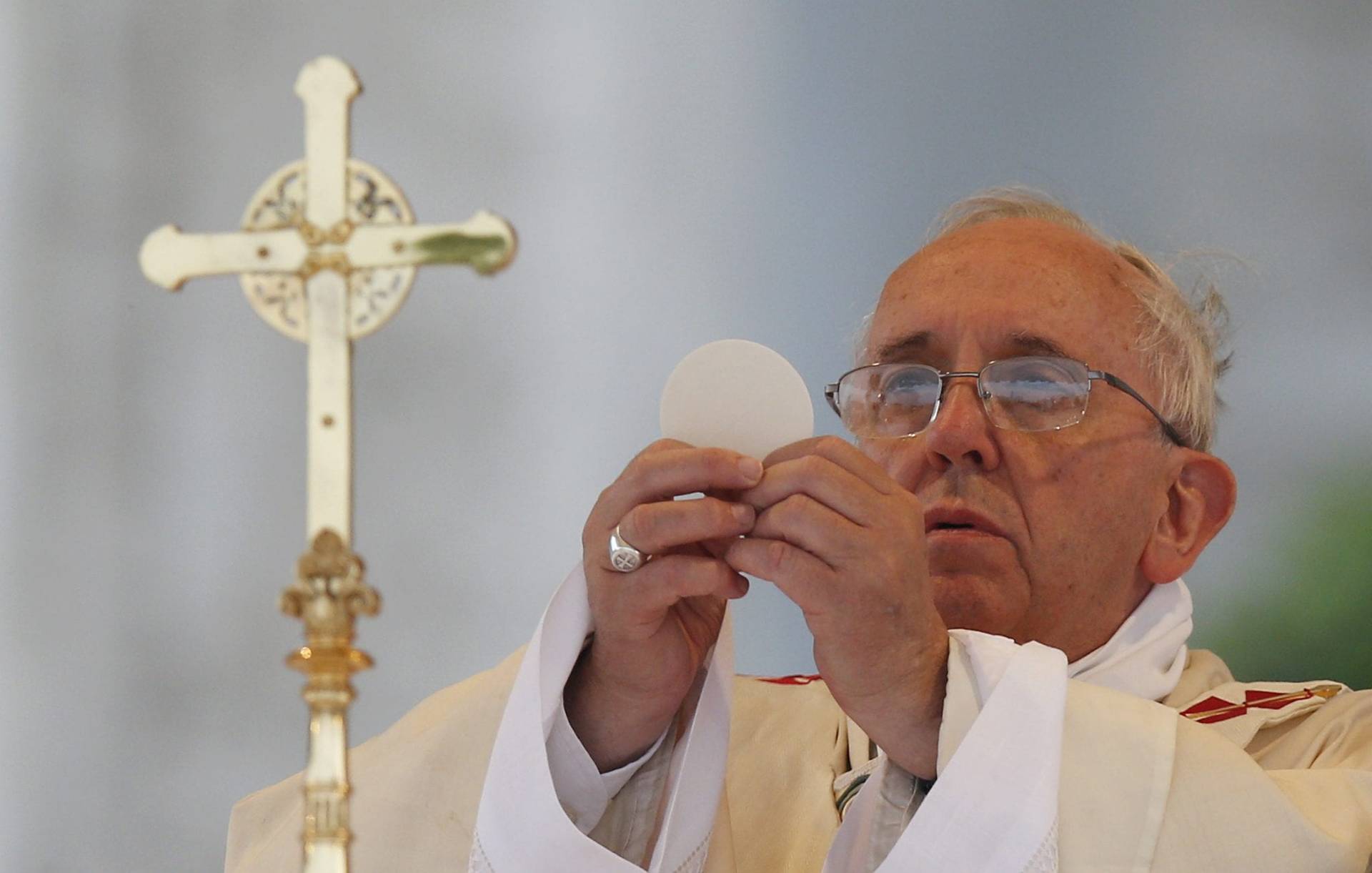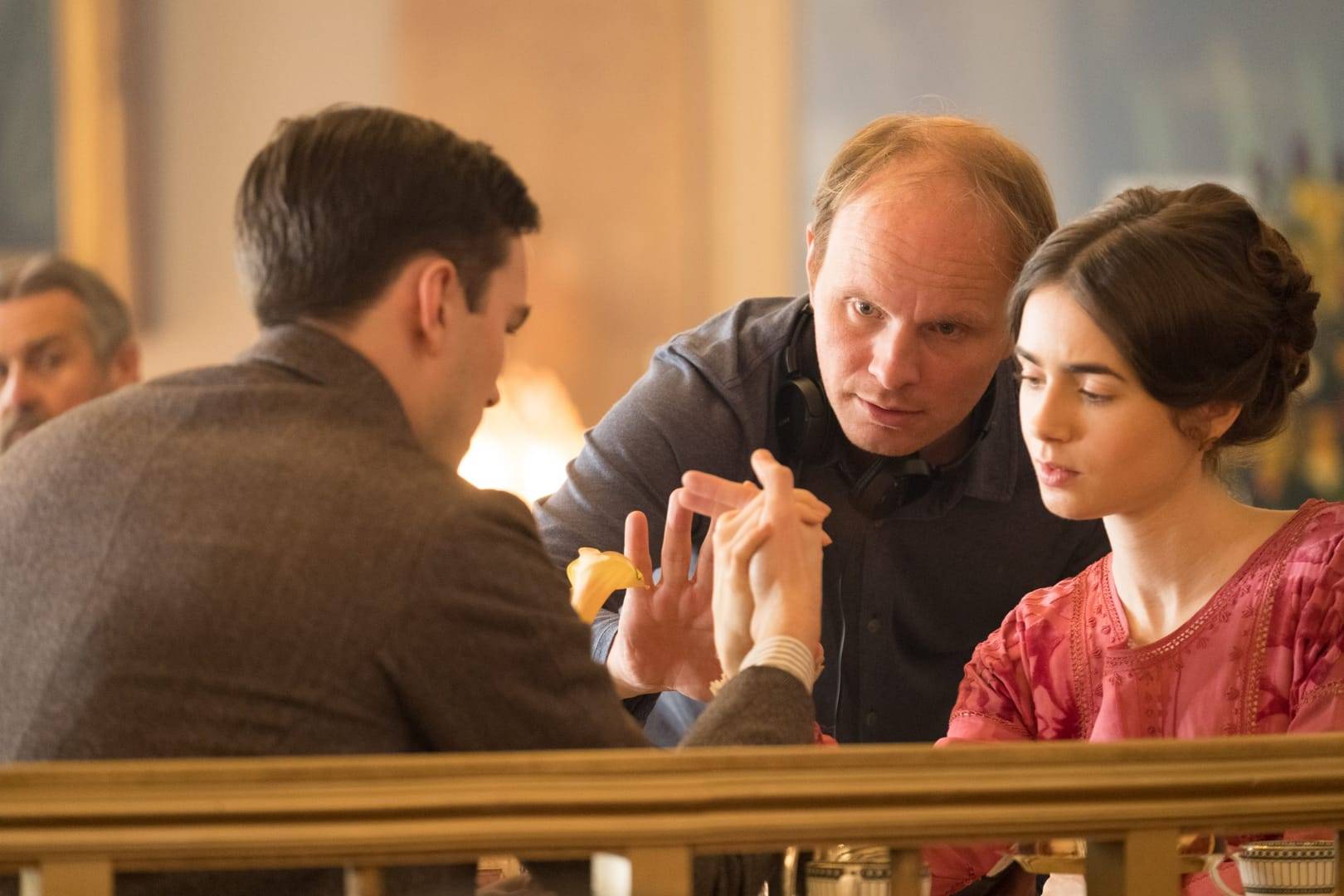Those images of a consecrated Communion wafer covered in red liquid from a church in Utah that went viral last month weren’t revealing the blood of Christ, it turns out, but something far less miraculous: red mold.
That’s the conclusion of an investigation undertaken by the Catholic Diocese of Salt Lake after photos of the host circulated online, raising the hopes of some who were wishing for a miracle.
According to a statement from the diocese published Wednesday, parishioners at St. Francis Xavier Church in Kearns, Utah, noticed something peculiar about the wafer after Mass on Nov. 8. So they decided to display it so others could take a peek, a move the diocese called “premature and imprudent.”
The host was left unsupervised and uncovered in a bowl of water for more than a week, the diocese said, and observers noticed that the water turned red, with the color originating from the host itself. Because Catholics believe the Eucharist becomes the actual body of Christ during the Mass, some thought the host might be the bleeding flesh of Jesus.
But the diocese was skeptical, and because of the publicity generated online, the administrator of the diocese appointed a committee to look into the matter, comprised of theologians, canon lawyers, and scientists.
After running a series of tests, “the observed change in the host could be satisfactorily and conclusively explained by natural causes, namely the growth of what is commonly known as “red bread mold,” or red bacteria, most likely Neurospora cressa or Serratia marcescens,” the statement said.
While not dismissing the possibility of miracles, the committee warned that false miracles “cause harm to the faithful and damage the Church’s credibility” and called for a committee to deal with future instances of purported supernatural events.
“The Church presumes that most situations appearing to be extraordinary phenomena are actually the result of natural causes,” the statement said. “This is why the Church sets the evidentiary bar for proving a miracle quite high.”
Church officials look at claims of miracles with a skeptical eye, said John Thavis, author of “The Vatican Prophecies,” because if it turns out they aren’t real, the faithful could be jaded.
“The risk as far as Church officials are concerned is that the faithful will be misled into thinking a miracle is occurring and then when it turns out no, it wasn’t a miracle, people are tremendously disappointed,” Thavis said.
“And that’s just an experience that Church officials feel Catholics don’t need. It doesn’t add anything to their faith, it’s not essential to their faith, and it’s kind of a distraction,” he said.
The attitude of Church officials, he said, is, “We have the Mass, we have the Gospel, we have revelation, we have it all. We don’t really need to add to it or embellish it with things like bleeding hosts.”
Church leaders in Salt Lake said they were moved to act quickly because of the viral nature of photos on the Internet, something Thavis said has changed how the Church deals with these kinds of claims.
“To be quite honest, for centuries the Vatican felt quite comfortable ignoring these local manifestations,” he said. “But because we live in this global communications age, nothing is really local anymore, especially when it comes to the so-called supernatural phenomenon.”
The Church certainly acknowledges that miracles do happen; indeed, it has an entire department in Rome to look into them. The most common miracles confirmed by the Vatican today are related to unexplainable healings, usually at the hands of would-be saints. But some Catholics are taking it a step further, and say someone who is very much alive may be responsible for medical miracles: In recent months, Pope Francis has been credited with miraculous healings.
Parents from Phoenix, for example, said Pope Francis may be responsible for helping to heal two holes in the heart of their 3-year-old daughter, Ave, during a 2014 pilgrimage to the Vatican. They point to a picture of Pope Francis placing his hand over the girl’s heart.
“I mean it’s possible that it closes just over time,” Lynn Cassidy told KPNX in September. “But when you see the picture that the professional photographer took, his hand is here and he’s a servant of God.”
And a family in Philadelphia believes an encounter between their 1-year-old daughter and Pope Francis during the pontiff’s September visit to the United States may have helped shrink a tumor in the child’s brain. A friend of the family is calling it “the miracle on Market Street.”
Thavis called such claims “incautious” and said that while the Vatican would not necessarily view these claims as miracles, for believers, “the touch of a holy person can still mean something, something tremendous, something beautiful.”
So how does an institution that believes in life after death handle what some believe are miracles in everyday life? Cautiously.
“On a general level, the Church is absolutely open to the miraculous, the idea that God can work in the world,” Thavis said.
“But what Church officials insist on is that Catholics don’t base their belief, base their faith, on these kinds of supernatural claims. That’s the real danger in the eyes of Church officials, that these things will be seen as proof of the faith. The Church teaches that we don’t really need that.”















